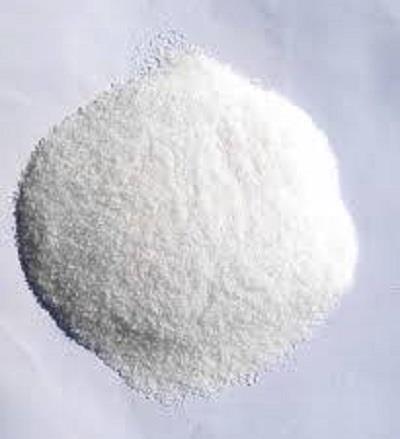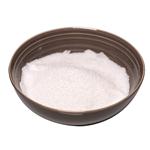Toxicity of Acetazolamide
Feb 24,2022
Acetazolamide is a carbonic anhydrase inhibitor. Under normal physiological conditions, the enzyme carbonic anhydrase is responsible for reabsorption of Na+ and excretion of H+ in the PCT of the nephron.

Metabolic mechanism
Inhibition of carbonic anhydrase decreases H+ excretion, and therefore Na+ and HCO3 – ions stay in the renal tubule. This results in the production of alkaline urine with high Na+ and HCO3 – content. Delivery to the collecting tubules of this Na+ HCO3 –load will enhance K+ secretion, causing a resultant kaliuresis, and can worsen hypokalaemia.
The increased Na+ excretion leads to a modest diuresis. Cl– is retained instead of HCO3 – to maintain an ionic balance. All these changes result in a hyperchloraemic metabolic acidosis. A cetazolamide is well absorbed, not metabolised, and is excreted almost unchanged by the kidney within 24h.
Medical uses
It is used in the treatment of glaucoma, drug-induced edema, heart failure-induced edema, epilepsy and in reducing intraocular pressure after surgery.It has also been used in the treatment of altitude sickness,Ménière's disease, increased intracranial pressure and neuromuscular disorders.
In epilepsy, the main use of acetazolamide is in menstrual-related epilepsy and as an add on to other treatments in refractory epilepsy.Though various websites on the internet report that acetazolamide can be used to treat dural ectasia in individuals with Marfan Syndrome, the only supporting evidence for this assertion exists from a small study of 14 patients which was not peer-reviewed or submitted for publication.
Toxicity
Toxicity is very rare. The adult oral and intravenous dose is 250–1000 mg day–1 in divided doses. Carbonic anhydrase inhibitors are seldom used as primary diuretics because of their weak diuretic effect. They are mainly used in the setting of prevention and management of acute mountain sickness or treatment of raised intraocular pressure. They are occasionally used in the setting of intensive care to promote urinary HCO3 – loss in patients with metabolic alkalosis and raised HCO3–.
- Related articles
- Related Qustion
- The Mechanism of action of Acetazolamide Sep 14, 2024
Acetazolamide (AAZ) is a carbonic anhydrase inhibitor used in glaucoma treatment to lower IOP by lowering aqueous humour production.
- Uses and Side effects of Acetazolamide Nov 11, 2019
Acetazolamide is used to treat glaucoma, a condition in which increased pressure in the eye can lead to gradual loss of vision. Acetazolamide decreases the pressure in the eye.
2-phenylphenol, also known as 2-hydroxybiphenyl or 2-phenylphenol, is a white or light yellow or light red powder, flakes or blocks, with a faint smell.....
Feb 24,2022APIBarbiturate compounds for i.v. anaesthesia were introduced in the 1920s, but their unpredictable action and prolonged recovery proved significant limitations.....
Feb 24,2022APIAcetazolamide
59-66-5You may like
- Acetazolamide
-

- $10.00 / 1KG
- 2025-12-03
- CAS:59-66-5
- Min. Order: 1KG
- Purity: 99%
- Supply Ability: 5tons
- Acetazolamide
-

- $0.00 / 25kg
- 2025-12-01
- CAS:59-66-5
- Min. Order: 1kg
- Purity: 99%
- Supply Ability: 10000KGS
- Acetazolamide
-

- $0.00 / 1kg
- 2025-06-20
- CAS:59-66-5
- Min. Order: 1kg
- Purity: 0.99
- Supply Ability: 20tons





